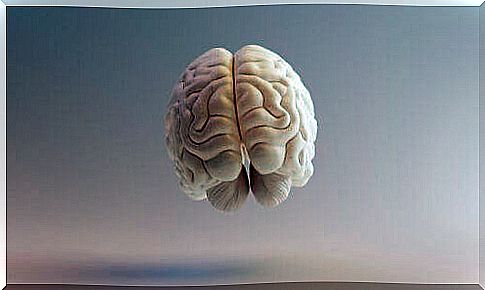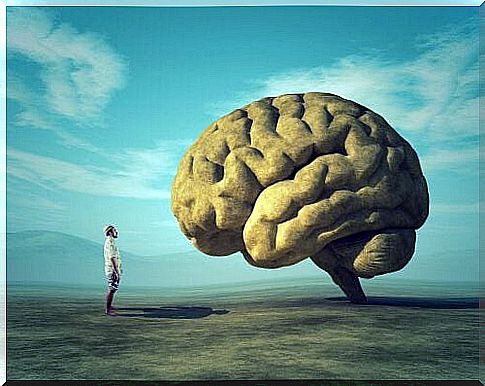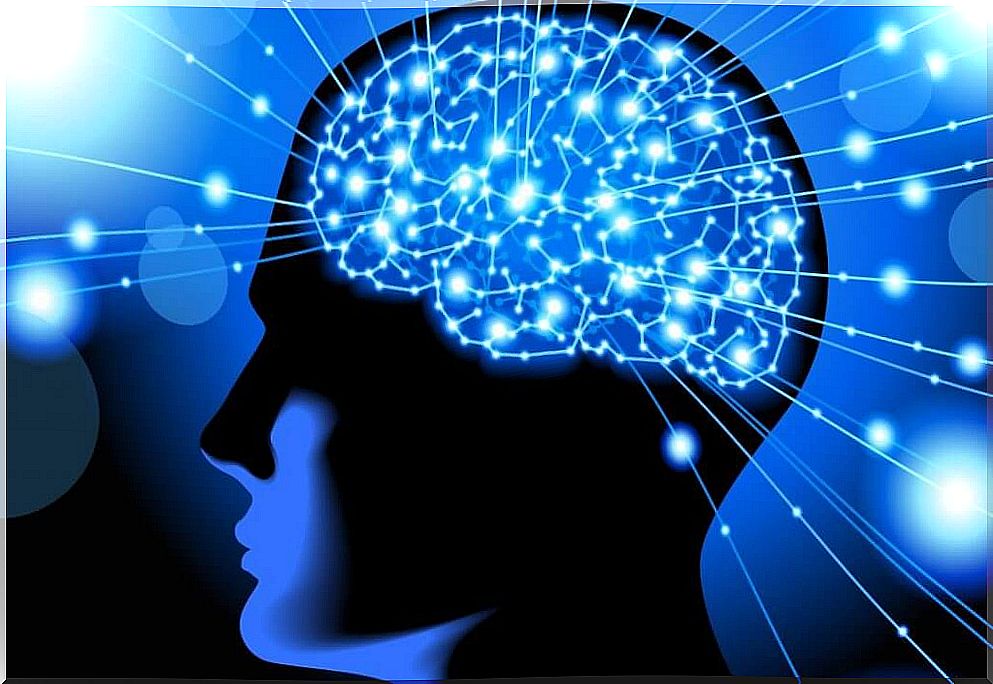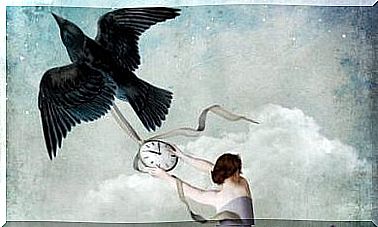A Brief History Of Neuroscience

In the 5th century BC. AD, Alcméon de Crotone, after discovering the optic nerves during his dissections, begins to think that the brain is the place where thoughts and sensations reside. Faced with this advanced thought, for example, Aristotle defended that intellectual processes take place in the heart. Thus, for him, the brain was responsible for cooling the blood that this organ was overheating.
Later, the Hippocratic or humoral theory was developed; after its development, the body was thought to function under the equilibrium of four liquids. According to this line of thought, an imbalance in the proportions of these fluids would lead to the development of a disease or an alteration of the personality. Thus Claude Galien, analyzing the hardness of the cerebellum and the brain, defended that the latter was the one that processed sensations and processed memory.
Participating in this long debate which crosses the history of human thought, René Descartes, between the years 1630 and 1650, spread the mechanistic theory. In addition, it establishes the body-soul duality, in which the brain is the master of behavior. In addition, he imagines that the pineal gland is the route that would allow these two dimensions to communicate. This is how he established himself as the father of this brain-mind debate which still preoccupies many neuroscientists today.

Neuroscience in the 19th century
Localizationism
In 1808, Franz Joseph Gall published a study on phrenology. There he claims that all mental processes occur in the brain and have a specific area for each. This localization has made research on the mind even more focused on this organ. Among his findings, Korbinian Brodmann described fifty-two regions of the brain, with their associated mental processes.
In the 19th century, the majority of thinkers believed that the development of certain abilities corresponded to an increase in the volume of the associated brain area. This is how a dynamic vision of the brain was born, understanding that the organ adapted its physical configuration to the demands of the environment, leaving more room for the most necessary capacities.
In this way, it was believed that intellectual and moral abilities could be recognized by the shape and size of heads. These scientists obviously did not have the neuroimaging techniques that we currently have.
Connectivism
Later, in 1861, Broca presented to the Anthropological Society of Paris the case of a patient who lost speech, but not the ability to understand, after an injury in an area that now bears his name. This aroused great intellectual enthusiasm. This was the first test of the relationship between the brain and language.
Additionally, in 1874, Wernicke described some of his patients who could speak, but not understand. This brought a new perspective to the study of the brain, connectivism . This current proposed that only the most basic functions would be limited to certain areas of the brain, while complex functions would be the result of the interaction of several localized areas.
Oddly enough, in 1885 the first publications on memory were made by the hand of Ebbinghaus, in which he described valuation methods still in use today. Shortly after, in 1891, the term neuron entered the dictionary of neuroscience, thanks to its discovery by Cajal.
Neuroscience in the 20th century
The two world wars certainly marked the development of the history of neuroscience during the twentieth century. The First World War caused a lot of deaths, but also a lot of injuries.
There were thousands of people with neurological sequelae. As a result, the need for neurological rehabilitation has increased exponentially. This has given new impetus to research in this area. During the Second World War, this discipline was consolidated. Indeed, important neuropsychological interventions have been put in place by fundamental thinkers, such as Luria.
A little less than 20 years after the end of World War II, in 1962, the Neuroscience Research Program was launched . It is an organization that connects universities around the world. Its aim was to connect academics in behavioral and neurological sciences, such as biology, the study of the nervous system, and psychology.
The Massachusetts Institute of Technology (MIT) promoted and supported this project. Weekly meetings, conferences and debates are held frequently in this institution. Thanks to this project, specific and adapted educational programs have been developed.
As a result, the Neuroscience Society , the world’s largest neuroscience society, was founded in Washington (1969). Today, it continues to be a global benchmark, as does its annual meeting.
Thanks to the impetus of previous years and the union of disciplines that has been achieved, the Advisory Council of the National Institute of Neurological Disorders and Cardiovascular Accidents of Spain published in 1990 a document entitled Decade of the Brain: Answers by scientific research . Fourteen categories of neurological disorders, little studied so far, have been included, which augurs well for a great advance in neuroscientific research.

Neuroscience in the 21st century
Between technical advances and the increase in knowledge, the development of neuroscience is an unstable phenomenon. In 2002, the Blue Brain project was born, with the idea of creating a simulation of the mammalian brain at the molecular level to study its structure. Countries from all over the world have joined in this exciting project.
Then, in 2013, Barack Obama announced the launch of a major scientific project: BRAIN. This project is located at the GENOME level, and aims to develop a detailed and dynamic map of the human brain. The initial investment was $100 billion. Of course, this is the new great American challenge. This project should allow the development of a new reference tool for the study of the human brain.
However, Europe has a slight window in this direction, implemented in parallel with the HUMAN BRAIN project. The investment is over 1 billion euros. And the goal is relatively simple. In ten years or so, we must make a qualitative leap compared to what we know today about the brain. So it seems that the most interesting part of the history of neuroscience is still before us.










